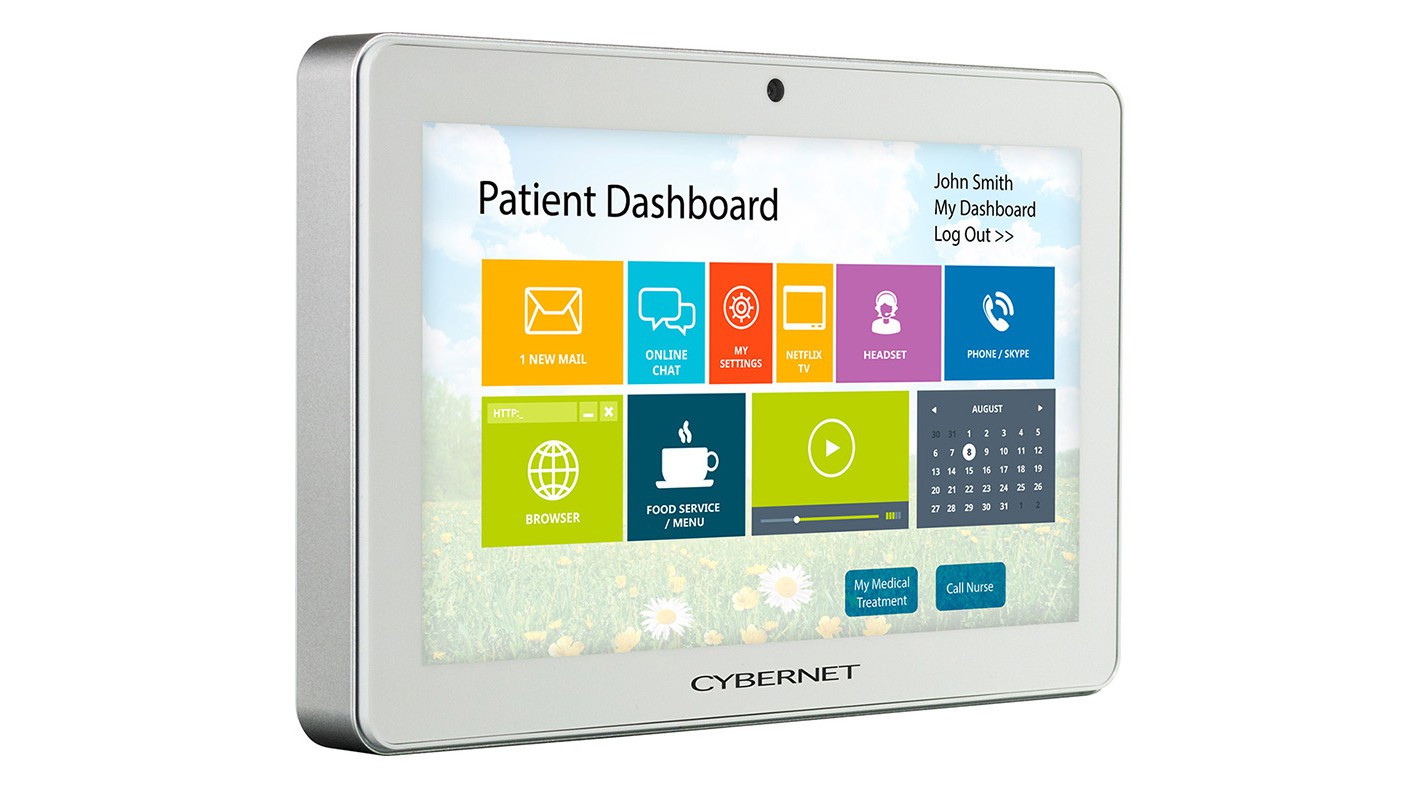No hospital network is perfect. An entire infrastructure for patient information is at the whim of Murphy’s Law unfortunately, and one glitch in an entire system can throw off the operations of a hospital in the blink of an eye, costing a chunk of productivity time, money, and the worst—patient safety and health. Online sources point to previous cases of such flops, like the Martin Health System in Stuart, Florida. Their infrastructure recently had an internal hardware failure, setting back hospital EMR records for about two days. Although network systems and their medical computers were restored as quickly as IT could manage the problem, patient care significantly dropped and plenty of vulnerabilities were introduced. Here are a few problems hospitals face when entire networks turn haywire and solutions to minimize mishaps.
Power Outages Cause More Than Just Downtime
Let’s say you’re a medical professional making rounds for about 12 patients, suddenly the power drops out, and the emergency generators have failed! The patient infotainment systems in each patient room have shut down, EMR systems have stopped tracking, medical devices won’t operate, and you’re in the middle of a nightmare. It’s a more frequent problem than you would think. Hospital operations must continue even in downtime, so you’ll need to alter all your work to manual processes. To give you an idea of the severity of a power outage in a hospital, online sources report some patients at a major hospital were on electronic respirators that failed during an outage, and hospital staff attempted rescues by using manual respirators. Unfortunately, the manual efforts weren’t enough to sustain the patients’ well being.
So what’s the best way to combat the potential hazards of a full power outage? Medical computer systems with a hot swappable battery function can ensure you’re not without power. If you’re operating a respirator with a medical computer system that needs continuous power, using a system with sustainable battery life in the mishap of a failed power infrastructure can save lives. Even having a medical computer with an internal backup battery can be enough to bridge the gap between a power outage and getting backup generators online. Compromises in patient care won’t happen if your computer hardware is equipped to run on internal batteries.
Network Failures Cause a Wealth of Different Problems
Network infrastructures aren’t perfect, and at times components can fail—refer to the first paragraph about Murphy’s Law. If you’re operating EMR software on a consumer-grade computer and the wireless network card fails, the problem will need to be diagnosed to take time away from patient care. This forces medical staff to resort to manual documentation and charting—which can introduce human error. Patients may get delayed medication, incorrect dosage, or the wrong medication because of a network hardware component failure. Compromises in patient care can happen simply because of the wrong hardware.
Ensuring your networked computers are equipped with proper wireless connectivity is one way to safeguard against network mishaps. First, it requires that the components of the computer are industrial-grade, made with high-quality transistors, diodes, and capacitors, to increase a Mean Time Between Failure (MTBF) rating. Second, it’s best to utilize Intel-certified wireless network cards within your medical computer system to ensure high-quality connectivity in an environment where wireless communications are supremely important and likely to drop connection frequently. These two factors will reduce potential wireless hardware mishaps so patient care and data aren’t compromised.
Network Intrusions on your Medical Computer Systems Can be Devastating
Security in an online network shouldn’t be an afterthought; a single intrusion into a medical computer on a wireless network can introduce the wrong individuals onto a network, violating HIPAA regulations and compromising patient data for potentially thousands of people. Medical records actually sell for a pretty penny on the black market, more than credit card numbers, because people abuse them to get prescription drugs illegally. Plus, if there’s HIPAA violations it can cause a hospital between 50 to 100 thousand dollars per the severity of the violation—or it may end up shutting hospital doors.
To ensure patient safety and continued hospital operation, the solution is ensuring whatever medical-grade computer systems you’re using have two-factor authentication protocols. Some states actually have TFA as a requirement. Plus, having a medical computer system with a Trusted Platform Module to encrypt the information is another layer of protection you can add so even if the internal hard drives are lost, stolen, or otherwise, the data on them can’t be easily read or retracted. Using a medical computer system with Imprivata Single-Sign On is one of the highest secure standards for medical professionals to safeguard information and make authentication easier than typing in huge, confusing passwords.
Disasters will happen in the medical world, but precaution can ensure fragile lives and important hospital operations aren’t sacrificed when mishaps strike. At Cybernet, we engineer our medical computers with these contingencies in mind. Ensure you’re protected by using the right medical computer systems to take care of patient needs—contact us today to learn more.
4 Ways Telehealth Is Improving Patient Care
August 14, 2018
Telehealth is the practice of using medical grade computers and medical tablets to provide health care remotely. Telehealth practices put doctors in closer contact with distant patients, save time and energy with…
0 Comments8 Minutes
3 Ways Patient Infotainment is Improving Patient Health
October 23, 2017
Credence Research, a worldwide market research and counseling firm, reports that increasing demands across the US, UK, and other nations for patient infotainment systems have prompted large investments from hospitals,…
0 Comments6 Minutes
How Medical Software Improves Patient Care and Streamlines Provider Workflow
August 22, 2023
Medical software, like those found in a hospital’s medical computer or tablet, are programs that automate some process for the healthcare sector. EHR/EMR, telehealth/telemedicine, Remote Patient Monitoring (RPM),…
0 Comments6 Minutes
You Can't
Learn from a Pop-up
But we can deliver knowledge to your inbox!
We dive deep in the industry looking for new trends, technology, news, and updates. We're happy to share them with you.
Knowledge, News, and Industry Updates Right in Your Inbox





